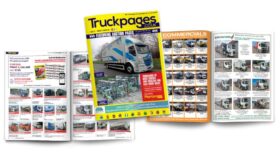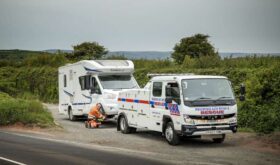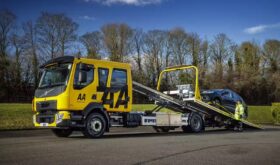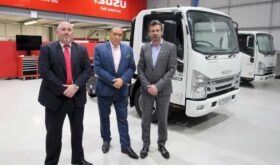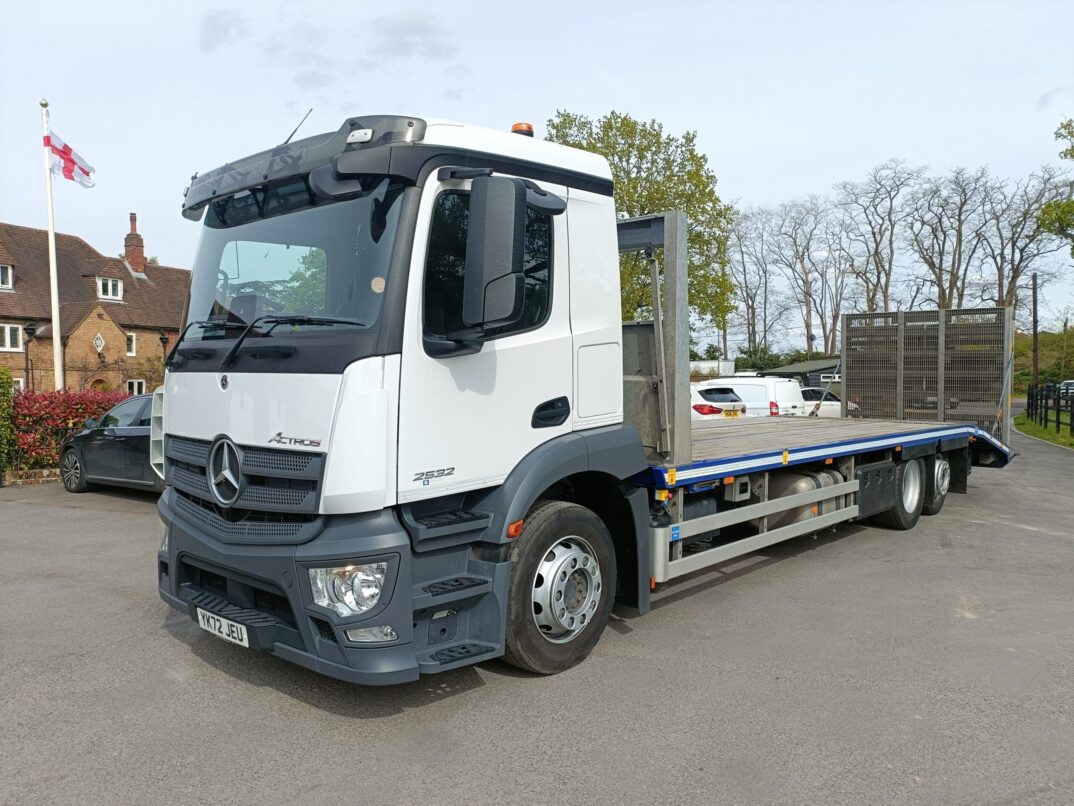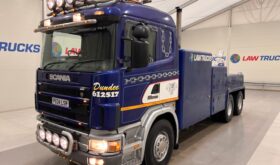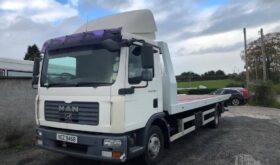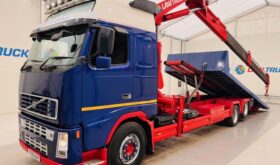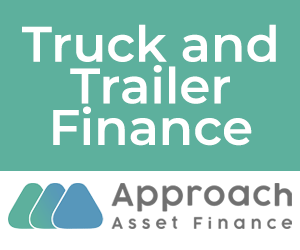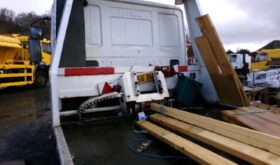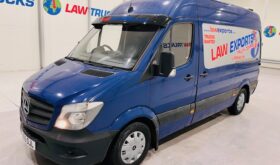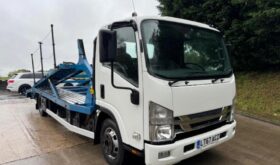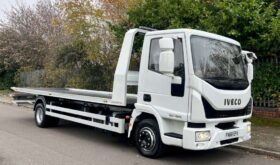Recovery Trucks for Sale (9)
Choose from a wide selection of recovery trucks for sale at Truckpages. We list all types including those with the more specialist tilt and slide bodies, suitable for picking up performance cars thanks to their lower angle of recovery. Some recovery body manufacturers even offer super low approach tilt & slide bodies – Roger Dyson, for example. Check out the trucks that include an additional rear spectacle lift – or ‘spec lift’. These look like a pair of glasses hanging from the rear of the truck (hence the name) that go under the front wheels of a car for recovery. Also important is the number of seats in the truck cab. For general recovery work it may be necessary to transport the car’s occupants as well. Look for ‘crew cab’ models with up to 6 seats.
Heavy Recovery Trucks for Sale
For heavier recovery of trucks and buses, you will need a larger truck with a recovery boom lift. Some truck buyers may call these trucks wreckers, but this name indicates they do some damage – the opposite should be true!
More Recovery Trucks Info
What is a Recovery Vehicle?
This is not as obvious as you may think. The UK government has a dedicated section on their website that tries to clarify the situation. There are definitions according to Vehicle excise, drivers’ hours and plating and testing regulations. A truck can look like one used for recovery, but if it is actually used for moving cars between car dealerships, then it is a car transporter! Before buying a recovery truck we recommend that you read the whole of the section on the Government website to make sure you are buying the right vehicle.
Which Recovery Truck Should I Buy?
Buying a Car Recovery Truck
If you are looking for a single car recovery truck, then you will need to be aware of the payload issues. As cars are getting heavier – especially electric cars full of batteries – a 3.5 tonne van will no longer be suitable. Once the body has been added the best you would be able to recover would be a small city car.
Even a standard 7.5 tonne truck with a tilt and slide body may struggle as the large 4×4 SUVs become electrified. Consider therefore a brand of truck what is typically on the lighter side in terms on unladen weight and do not specify options that you may not need. Brands to consider are the Isuzu N75 or Mitsubishi Fuso Canter. These two ‘Japanese-style’ trucks have smaller cabs and overall footprint. An alternative may be the Iveco Daily (not Eurocargo) at 7.2 tonnes GVW. All of these have lighter cabs and smaller engines to help with payload.
Buying a truck for breakdown recovery will differ from one used to recover illegal vehicles. These may well be typically parked on the roadside with no room to park a lorry in front or behind to drag the car onto the body, as you can with a vehicle broken down on a dual carriageway or motorway, for example. So, for this type of recovery you will need a ‘Street Lifter’ or ‘Total Lift’. This works using a truck-mounted crane and a frame which fits underneath the car. This means that a locked car can be taken away quickly from the roadside without damage with the truck parked in front, behind or to the side of the target vehicle.
Buying a Heavy Recovery Truck
As far as heavy recovery trucks are concerned, the bulk of the money is tied up on the body, lift and ancillary systems rather than the purchase of the chassis. It therefore makes sense not to scrimp and save on the brand of truck if spending hundreds of thousands on the body. These trucks do not travel many kilometres per year but are expected to last a long time and must be 100% reliable. Who wants a recovery truck to have to be recovered? If you are looking for a used wrecker then you will not be inundated with a wide choice – especially of newer vehicles. If you can find one, buy it regardless of the truck brand, as buying and building a new one can set you back over £250,000.
What to Consider When Looking for a Recovery Truck
Hydraulics
There is typically a lot of hydraulics involved with a recovery body, especially the tilt and slide variety. Spec lifts too use hydraulics to deploy and lift the broken-down car. Make sure to check all the systems for operation under load, as well as visibly for any leaks. Has the area around the hydraulic pump and couplings been cleaned all too recently? This could be to disguise any leaks that exist.
Crew Cab or not?
If you are planning on carrying out roadside recovery – especially under contract from one of the breakdown companies, they you may well need a crew cab – this is a standard cab with an extra row of seats behind for the occupants of the stricken car. However, these larger cabs eat into the payload and may require a larger truck than otherwise necessary or it could restrict the types of vehicles that can be recovered.
Spec Lift
If you sometimes need to move two cars at once (this is the maximum allowed for true ‘vehicle recovery’) then a spectacle lift or ‘spec-lift’ is the most flexible option – better than having a huge load bed that would fit two cars for use in the odd occasion. If you are never likely to recover more than one vehicle at a time, then choosing a truck with a spec lift is just adding weight and complexity for the sake of it.
Latest Recovery Trucks News
Truckpages Issue 207 is out now
Well, this really is BIG NEWS in the Truckpages world. On this week's front cover is the first ever fully electric truck to appear for sale inside the magazine. If is a fully electric, 19 tonne GVW (you get the extra tonne for it being electric) DAF LF E19 Electric with the 26ft curtainside body and tuckaway tail lift. The truck is a 2022 model and has only covered 33,435 kilometres. It is certainly worth a phone call to the vendors, Ford and Slater who have priced the truck at £180,000+VAT. Just think, never having to fill the truck with…
Truckpages Issue 206 is out now
This looks like the perfect truck for someone who needs a new recovery truck in a hurry. This is a 2024 new and unused Isuzu N75.190 seven seater crew cab recovery truck. It's fitted with a new ORS recovery systems 18ft aluminium slide bed and second car carrier spec lift and a remote control winch. The truck is ready and in stock at CTR Truck & Van Sales in the West Midlands. Check out all of the details on page 11 of the magazine where you'll also find details of their 2018 12-tonne Eurocargo recovery truck for sale. Click to…
Third FUSO Canter Crew Cab Recovery Truck
If you are thinking of buying a recovery truck, it’s worth looking at why other operators specify the truck that they have. Kingsbridge Auto Repair & Rescue have recently taken delivery of their third Fuso Canter, so they must be fans. Their new truck is plated at 7.5 tonnes, but with its 2.5 tonne spec lift and dolly which means that it can recover vehicles as large as a motorhome and as awkward as a 4x4. In addition, the crew cab allows the recovery truck to take not just the broken down vehicle, but also up to six passengers. The…
New Volvo FL – Reward for Top AA Patrol
The AA has given the title of Recovery Patrol of the Year alongside the keys to a brand-new Volvo FL recovery truck, featuring the cherished ‘AA 3’ registration plate to winner Dan Tyrell. Supplied as part of a conquest order for 118 new FL crew cab vehicles, the order was secured by Ian Sharrock, Key Account Manager at Volvo Truck and Bus Centre South & East and sees the new trucks replacing older assets previously supplied by a rival marque. Dan is based at the AA’s depot in Guilford and saw off the challenge of more than 440 other Recovery…
Isuzu Truck UK to Sponsor Recovery Federation
Isuzu Truck UK has announced that it is to become the official sponsor of the Professional Recovery Operators Federation (PROF), with effect from the annual PROFCON conference that takes place in July 2022. The sponsorship, scheduled to run up to and including PROFCON 2023, will see Isuzu Truck working closely with the management team at PROF to help support their stated goals of improving and raising standards within the UK recovery industry Richard Goddard, President of the Professional Recovery Operators Federation, said “Historically, ITUK have always had a very close association with the vehicle recovery industry. For many Vehicle Recovery…
Color: White
Gross Vehicle Weight: 12,000 kg

